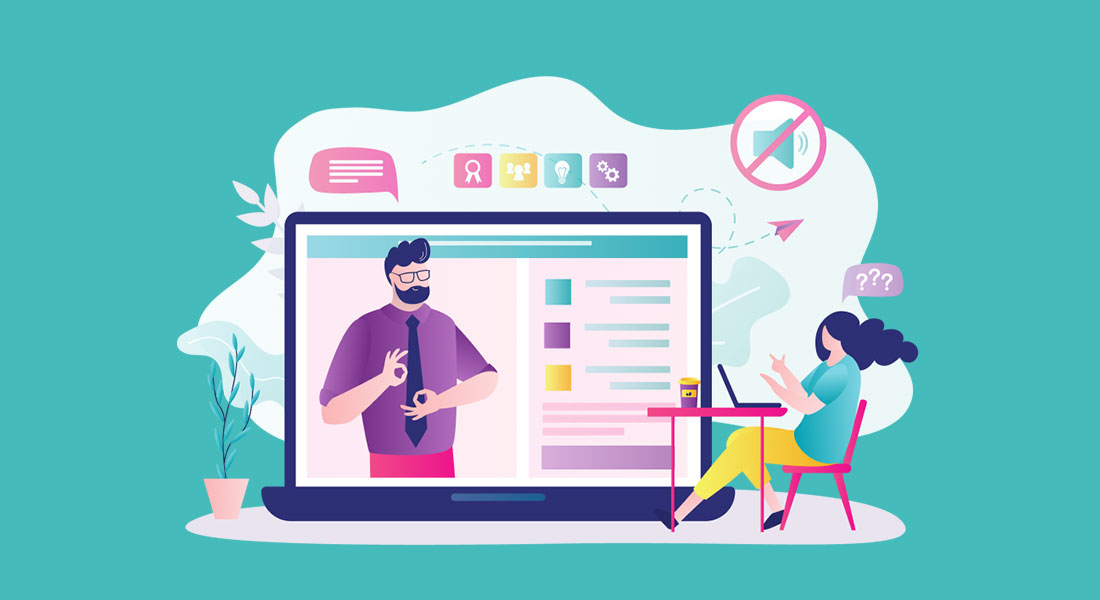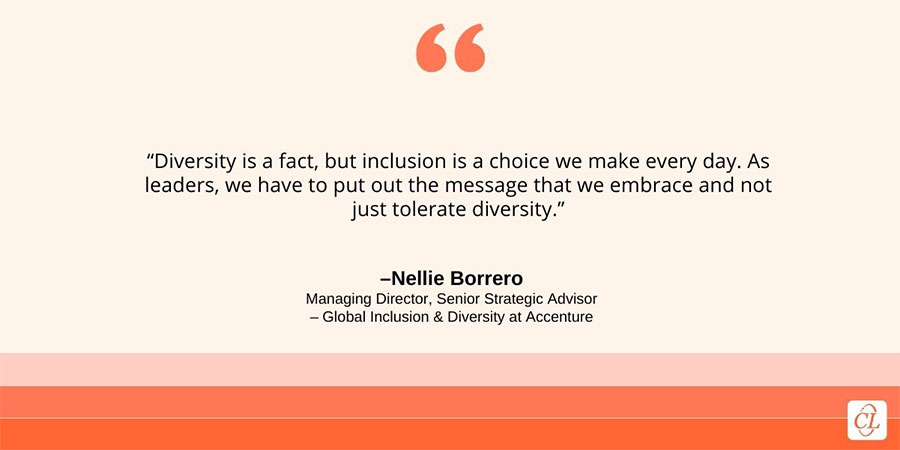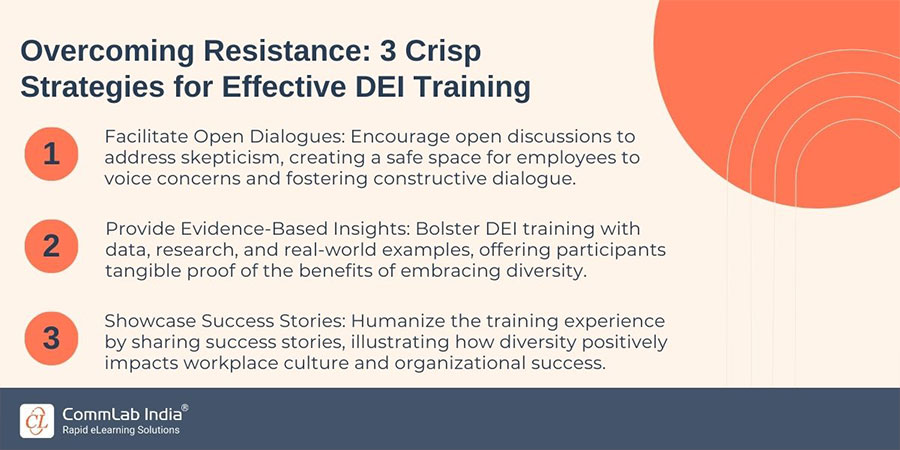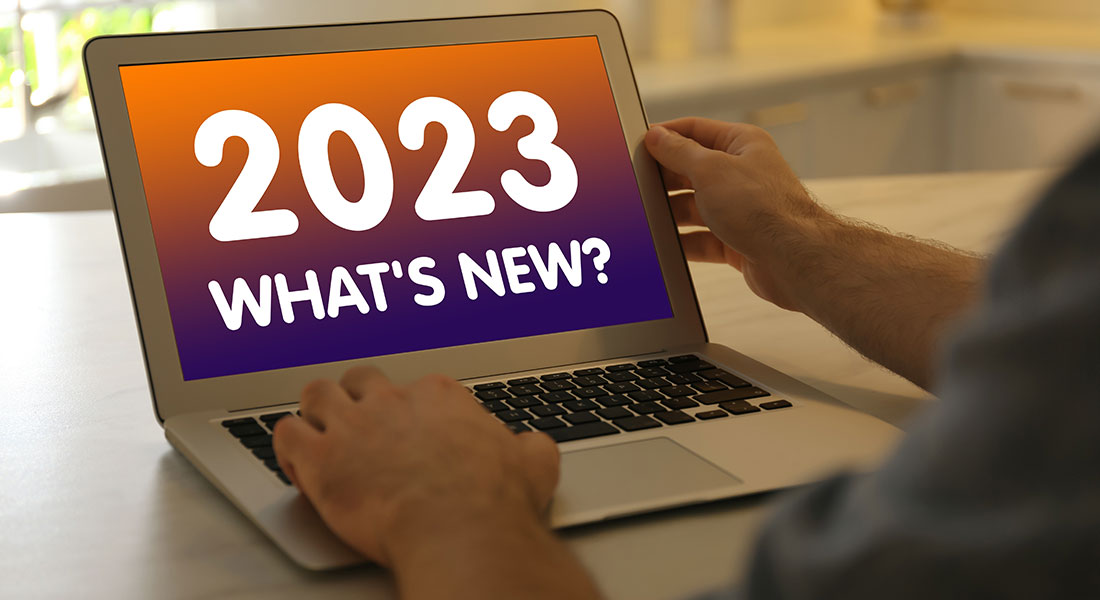DEI Training — How it Can Help in Achieving Equality in the Workplace

In a world and time where diversity, equity, and inclusion (DEI) have become buzzwords across industries, organizations are grappling with the challenge of creating an inclusive workplace. As Learning and Development (L&D) professionals in the corporate realm, you're well aware of the critical role DEI plays in shaping a harmonious and productive environment. But the burning question remains: How can DEI training truly make a difference in achieving equality within the workplace?
To answer this pressing question, let's delve into the imperative of DEI training.
What is DEI Training?
For present day’s dynamic corporate landscape, workforce diversity means more than a mere box to check. It's a strategic advantage that brings together people with unique views, experiences, and talents. However, true workplace equality cannot be achieved without intentional efforts to dismantle biases and build an inclusive culture.
Explore the importance of diversity training [Watch Video]
DEI Training: How it Helps Boost Workplace Equality
The Imperative of DEI Training
DEI training serves as a channel for change as it raises awareness, fosters empathy, and equips employees with the tools to challenge stereotypes and prejudices. It goes beyond compliance, aiming to cultivate a genuine appreciation for differences and a commitment to creating a level playing field for all. As an L&D professional, you understand that the success of DEI training lies in its ability to go beyond theory and resonate with the everyday experiences of your workforce.
The Tale of Unconscious Bias in Hiring
Consider a scenario where a hiring manager, despite their best intentions, unknowingly harbors biases during the recruitment process. DEI training can spotlight the subtle ways biases manifest and guide HR professionals on implementing unbiased hiring practices. By illustrating the impact of unconscious bias through real-world examples, L&D professionals can make the training relatable and actionable.
The Power of Inclusive Leadership

In the pursuit of workplace equality, leadership plays a very crucial role. Inclusive leaders recognize the value of different views and perspectives, and actively seek to build a safe space where all voices are heard and respected. DEI training can empower leaders to champion inclusivity through open communication, fair decision-making, and create a sense of belonging among their team members.
The Case of Microaggressions in Team Dynamics
Imagine a scenario where microaggressions go unaddressed in a team setting, creating a toxic work environment. DEI training can offer business leaders with the skills to detect and resolve microaggressions, encouraging a culture where everyone feels valued and recognized. By incorporating practical scenarios into training modules, L&D professionals can instigate real changes in corporate leadership behaviors.
Building a Culture of Inclusion
DEI training extends beyond a one-time initiative; it is a continual effort towards building a culture of inclusion. L&D professionals play a critical role in embedding DEI principles into the fabric of organizational learning. By incorporating DEI elements into onboarding programs, leadership development, and team-building activities, you can ensure that the principles of equality become ingrained in the organizational DNA.
Inclusive Communication Strategies
Communication is at the core of organizational interaction. DEI training can guide employees on the nuances of inclusive communication, emphasizing the importance of language choices and creating a safe stage for open dialogue. By simulating scenarios that highlight the impact of communication on team dynamics, L&D professionals can drive home the message that inclusivity begins with the words we choose.
Measuring the Impact
As a seasoned L&D professional, you understand the importance of assessing the effectiveness of training initiatives. DEI training shouldn’t be an exception. By establishing measurable metrics and collecting feedback from employees, you can gauge the impact of DEI training on attitudes, behaviors, and overall workplace culture.
Diversity Metrics and Performance
Consider a scenario where an organization implements DEI training and subsequently observes an increase in diversity metrics, such as the representation of underrepresented individuals in leadership roles. This tangible outcome demonstrates the impact of DEI training in establishing a more equitable workplace. L&D professionals can use such success stories to advocate for continued investment in DEI initiatives.
→ Download Now: Online Learning for Corporate Training [eBook]
Challenges and Overcoming Resistance
While the benefits of DEI training are clear, it's essential to acknowledge the challenges and resistance that may arise. Some employees may view DEI initiatives as mere compliance requirements, while others may resist change due to ingrained biases. L&D professionals must address these challenges head-on, creating a safe space for dialogue and emphasizing the positive impact of DEI on both individuals and the organization.
Navigating Resistance in Training Sessions
Imagine a scenario where employees express skepticism or resistance during a DEI training session. L&D professionals can proactively address these concerns by facilitating open discussions, providing evidence-based insights, and showcasing success stories from organizations that have reaped the benefits of embracing diversity. By acknowledging and validating concerns, you can create a more receptive environment for DEI training.

The Role of Technology in DEI Training
In the digital age, technology offers innovative solutions to enhance DEI training. Virtual reality simulations, interactive e-learning modules, and AI-driven assessments can elevate the effectiveness of training initiatives. L&D professionals can leverage these tools to create immersive experiences that resonate with diverse learning styles, ensuring that DEI training is engaging and impactful.
Virtual Reality for Inclusive Leadership Training
Picture a scenario where leaders participate in a virtual reality simulation that immerses them in situations where inclusive leadership is put to the test. Through realistic scenarios and feedback loops, leaders can hone their skills in real-time, translating virtual experiences into tangible changes in their leadership approach. This example underscores the potential of technology in making DEI training more interactive and experiential.
Sustaining Momentum for Long-Term Impact
The journey towards workplace equality doesn't end with a single training session. L&D professionals must work collaboratively with leadership to develop a comprehensive DEI strategy that encompasses ongoing education, mentoring programs, and employee resource groups. By fostering a culture of continuous learning and improvement, organizations can ensure that the principles of diversity, equity, and inclusion remain at the forefront of their agenda.
Parting Thoughts
In the realm of L&D, the role of DEI training cannot be overstated. As a crucial driver of workplace equality, DEI training empowers employees and leaders alike to challenge biases, foster inclusivity, and create a harmonious work environment. By incorporating real-life scenarios, measuring impact, and leveraging technology, L&D professionals can elevate DEI training from a compliance necessity to a transformative force that propels organizations towards a more equitable future. As you navigate the ever-evolving landscape of corporate learning, remember that the journey towards workplace equality begins with the commitment to fostering a culture where everyone is seen, heard, and valued.
Unlock the Future of Inclusive Training! 🚀 Download our eBook, 'Online Learning for Corporate Training,' to discover how leveraging the power of online platforms can supercharge your corporate training initiative including DEI training . Harness the flexibility, accessibility, and engagement of online learning to cultivate a workforce that champions diversity, equity, and inclusion.





![How to Build a Fool-Proof L&D Strategy? [Lessons Learnt from the Past]](https://blog.commlabindia.com/hubfs/blogs/robust-ld-strategy-lessons-past-corporate-training.jpg)